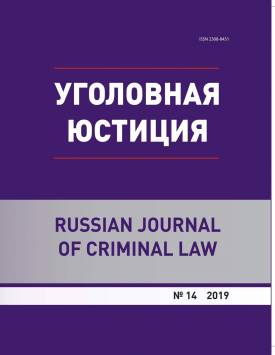On Boundaries of Penalisation for Socially Dangerous Acts
Scholars have developed three main approaches to determining the concept of "other penal (security) measures" - narrow, broad, and legislative. Penalisation of socially dangerous acts legally defines the range of punishability as a sign of crime. Punishability involves the application of punishment for committing a crime ("real" punishability) as well as its threat ("abstract" or "potential" punishability). While real punisha-bility implies establishing the types of punishment in the General Part in the Criminal Code, as well as the punishment for specific types of crime in the Special Part, abstract punishability covers the cases when the punishment is not really applied, although there are reasons for it. However, due to the reasons specified in the law, other penal (security) measures are applied, with the possibility of real punishment remaining. Those penal measures that are related to punishment as a real or abstract (potential) implementation of the main method of regulating penal relations constitute the content of punishability, and therefore must be included in the subject of penalisation. Such measures should include all penal measures in the narrow sense. The optimal further development of criminal law should imply including exclusively penalties in the narrow sense in the criminal law. This approach would preserve clear boundaries of the subject and method of penal regulation, the traditional correlation between crime and punishment as its natural consequence, and the exclusively public nature of the sphere.
Keywords
пенализация, наказание, иные меры уголовно-правового характера, penalisation, punishment, other penal measures (security measure)Authors
| Name | Organization | |
| Valeev Marat T. | Tomsk State University | mtv666@yandex.ru |
References

On Boundaries of Penalisation for Socially Dangerous Acts | Ugolovnaya yustitsiya – Russian Journal of Criminal Law. 2019. № 14. DOI: 10.17223/23088451/14/2
